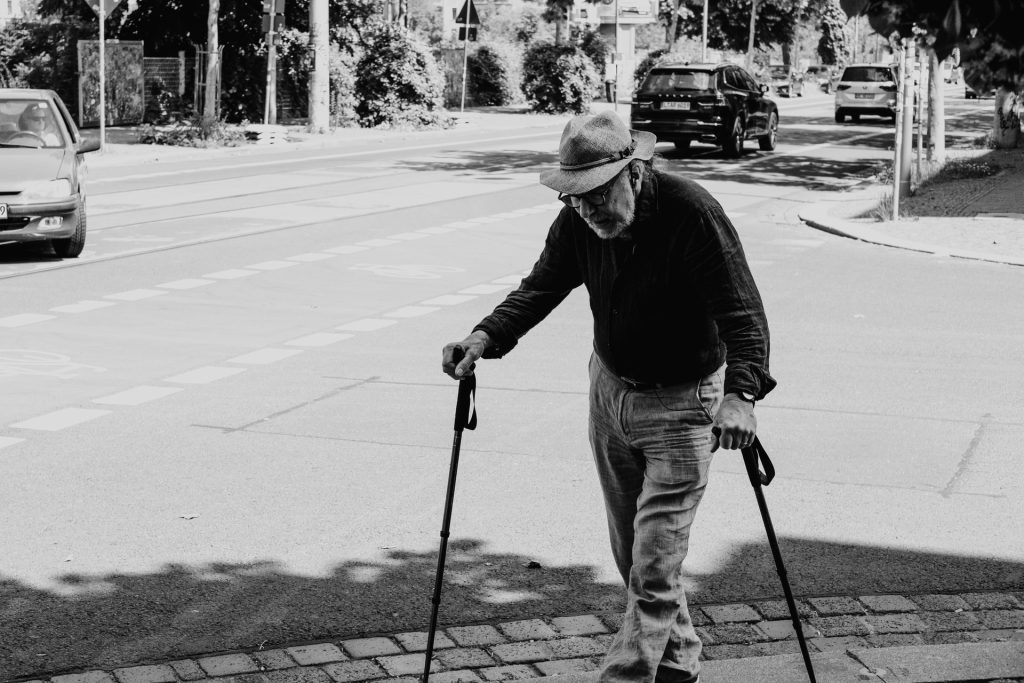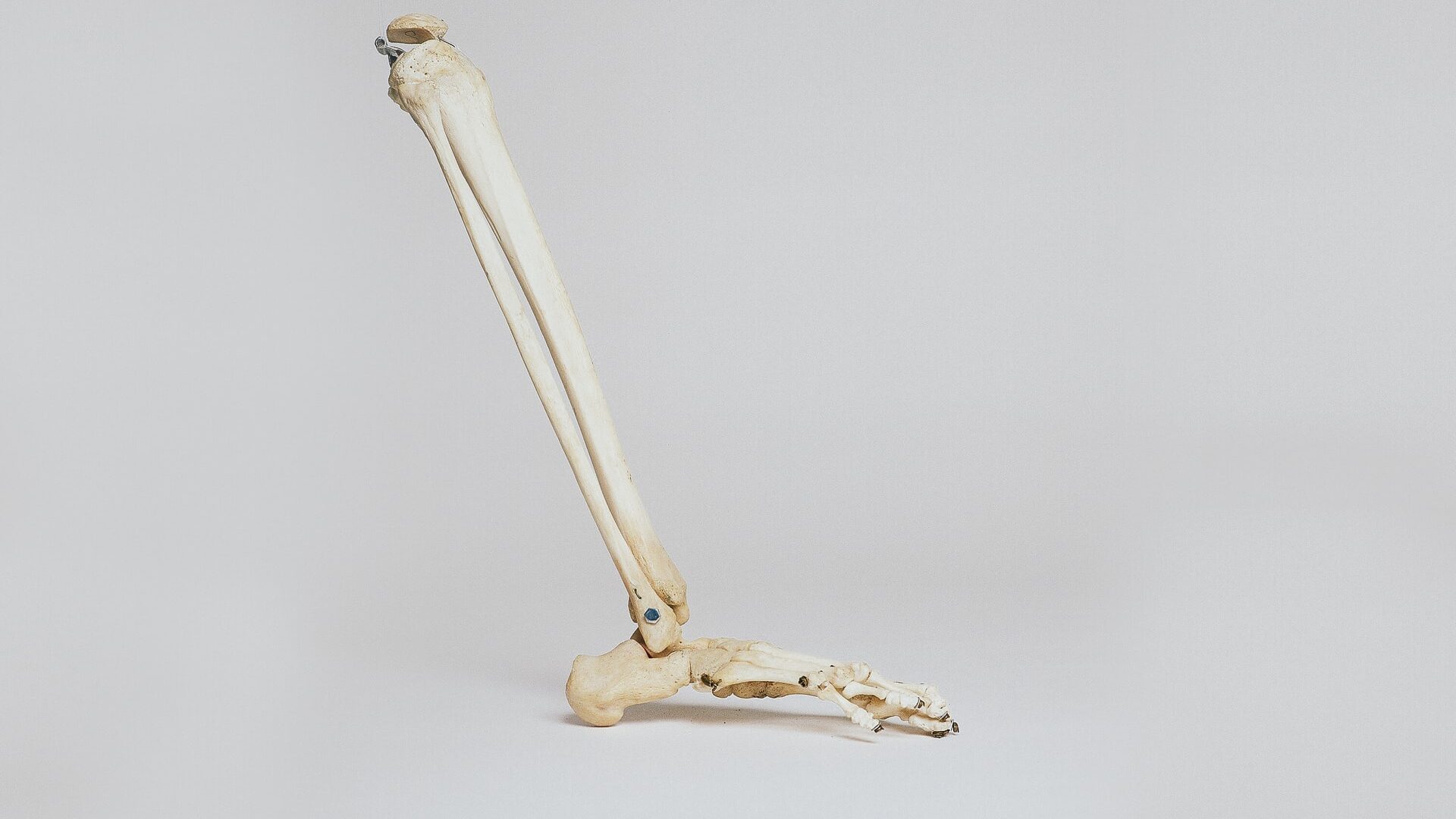Older Patients with Advanced Lung Cancer Suffer Reduced Mobility

New research found that older patients with non-small cell lung cancer often have low life-space mobility prior to starting lung cancer treatment. Life-space mobility is the ability to move within one’s environment from the home to the wider community. The findings were published in the Journal of the American Geriatrics Society.
The study recruited 93 patients aged 65 to 94 with advanced NSCLC starting palliative chemotherapy, immunotherapy, and/or targeted therapy from a Comprehensive Cancer Center, Veterans Affairs, and safety-net clinic. Patients completed geriatric assessments including Life-Space Assessment (LSA) pretreatment and at 1, 2, 4, and 6 months after treatment initiation.
The Life-Space Assessment scores had a range of 0 to 120, with a score under 60 being considered restricted. The researchers found that the average pretreatment score was 67. On average, the score fell by 10 points from pretreatment to one month after treatment started and remained low at six months.
The decline at one month was greater among patients with high anxiety. On the other hand, a lower body mass index prior to starting treatment was associated with an improvement in the score during treatment.
“Life-space mobility is a well-studied patient-centered outcome in general aging research but is only now being examined for older adults with cancer,” said lead author Melisa L. Wong, MD, MAS, of the University of California, San Francisco. “Our study’s novel design provided a unique lens into how quantitative changes in life-space mobility are experienced qualitatively by older adults with lung cancer.”
Source: Wiley


